Officials weigh expansion proposal for Gardner sludge landfill
| Published: 01-24-2023 4:42 PM |
GARDNER – Residents of Gardner and Templeton joined state and local officials on a visit to the Chair City’s sludge landfill off Route 68, near the Templeton line.
Those taking part in the visit were hoping to get a better idea of the potential effects of a proposed expansion of the facility, where sludge from the city’s wastewater treatment plant is dumped. In response to a question from the Athol Daily News, Assistant Public Works Director Paul Raskevitz said Athol’s wastewater sludge is trucked to the Millbury, Blackstone Valley, where it is incinerated.
Ivan Ussach, executive director of the Athol-based Millers River Watershed Council, told the Athol Daily News, “(The visit) was very well attended by the public. In addition to all of the kind of official people there, there were about 25 local residents—mostly from Gardner, but a bunch from Templeton as well. They were fairly outspoken in terms of asking questions and expressing concerns, so that was good to see.”
The MRWC is one of several local and state environmental organizations who oppose expansion of the landfill, arguing the move could end up contaminating private drinking wells in the vicinity while also polluting adjacent wetlands and the nearby Otter River, a tributary of the Millers and Connecticut rivers.
“Probably most of the questions were divided into concerns about liner leakage and drinking well contamination, and a lot of concerns over the fact that the city wasn’t taking a close look at alternatives to landfill expansion as it could be doing,” Ussach said. “Those both generated lots of comments—more than any other topics.”
Naturally, said Ussach, a number of city officials were on hand to respond to citizen concerns.
“They had a whole team of people there and they continue to basically say they are confident in the science and engineering; that the landfill does not pose a threat—or a serious threat—of leakage and contamination,” Ussach said. “But there were a lot of follow-up questions about what the procedure would be for actually determining if there was a spill or leakage, and I have to say it was very unclear from the response how anyone would actually know if there had been contamination.”
The MRWC officer said there are measures in place to respond to a contaminant breach in the landfill’s first liner, “but if something was to get through the second liner, it was not clear at all that there was any kind of a clear process as to how that would be determined.”
Article continues after...
Yesterday's Most Read Articles
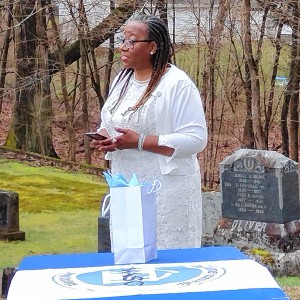 Alumnae gather in Athol to honor Spelman College founders
Alumnae gather in Athol to honor Spelman College founders
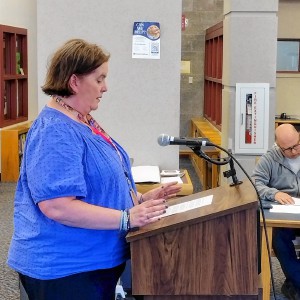 Athol Royalston School Committee approves budget on second attempt
Athol Royalston School Committee approves budget on second attempt
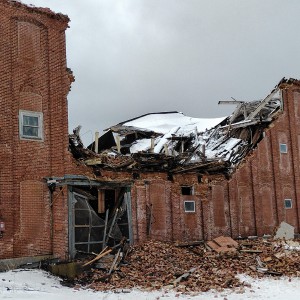 White’s Mill development proceeds following roof cave-in
White’s Mill development proceeds following roof cave-in
 Orange man gets 12 to 14 years for child rape
Orange man gets 12 to 14 years for child rape
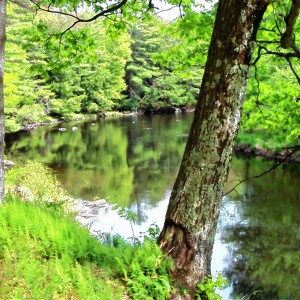 A Page from North Quabbin History: The story of the Millers River
A Page from North Quabbin History: The story of the Millers River
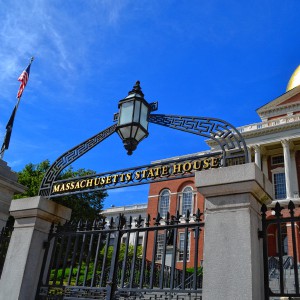 Senate adds bills to reform electric industry
Senate adds bills to reform electric industry
“That left a lot of people very concerned,” said Ussach.
The site visit was scheduled after the Gardner Conservation Commission’s November meeting, at which members unanimously signed off on the city’s Notice of Intent to expand the landfill. It’s possible another visit could be scheduled as the state’s Department of Environmental Protection reviews a citizen request that it “issue a Superseding Order of Conditions blocking any work on the expansion.”
The city wants to add 4.3 acres to the 5.9 acres already occupied by the landfill.
Ussach told the Athol Daily News there have been positive local developments regarding potential alternatives for the handling of wastewater sludge disposal.
“There were two very interesting developments,” he explained. “One is that the city of Fitchburg has become more serious in its commitment to pursuing a waste-to-energy plant, which would be a perfect receiving point for Gardner’s waste. The city officials were asked about that and the initial response, perhaps understandably, was, ‘They’ve been talking about that since 2014—we can’t sit around waiting for them to get their act together.’
“Then there was information presented at the site visit, based on recent communications, that the city of Fitchburg is actually pursuing this project very seriously and appears to be going forward with it.”
Ussach added that Gardner officials were then asked, if Fitchburg is indeed seriously moving in that direction, would Gardner be receptive to shipping its waste to that nearby city.
“The answer was, ‘if Fitchburg is serious about making this project happen’—I’m paraphrasing—‘then Gardner would definitely be interested in discussing it with them,’” according to Ussach.
Ussach also related that, during the site visit, Gardner officials revealed the city was exploring HTC, or hydrothermal carbonization. Officials had been in communication with Spring City, Penn.-based SoMax BioEnergy but hadn’t yet determined if employing the technology would be a good step for Gardner to take.
“This HTC technology—there’s currently a plant that’s functioning in a Pennsylvania city about the size of Gardner, and it’s received a technical innovation award from the EPA (Environmental Protection Agency),” Ussach said. “So that’s another innovative technology that could be an alternative to landfill expansion.”
Expansion requires a Wastewater Treatment Residual Landfill approval from the Massachusetts Department of Environmental Protection (MassDEP). The public comment period, originally scheduled to expire on Jan. 17, has been extended to Jan. 31. Comments may be submitted my email to alexander.strysky@mass.gov or via the MEPA Public Comments Portal. For more information on the project, contact: Jan Greenwood, jgreenwood@woodardcurran.com or (401)427-1312.
The Coalition for a Sustainable Alternative to the Gardner Sludge Landfill Expansion is made up of the Millers River Watershed Council, the Athol Bird and Nature Club, Athol-based Mt. Grace Land Conservation Trust, Clean Water Action, Connecticut River Conservancy, Gardner Clean Air, MassPIRG, Massachusetts Rivers Alliance, and North County Land Trust. It is receiving technical support from the Sierra Club.
Greg Vine can be reached at gvineadn@gmail.com.

 Magic comes to Red Apple in Phillipston
Magic comes to Red Apple in Phillipston A Page from North Quabbin History: Women of Royalston display
A Page from North Quabbin History: Women of Royalston display Spilka pledges ‘comprehensive climate bill’ in Senate
Spilka pledges ‘comprehensive climate bill’ in Senate